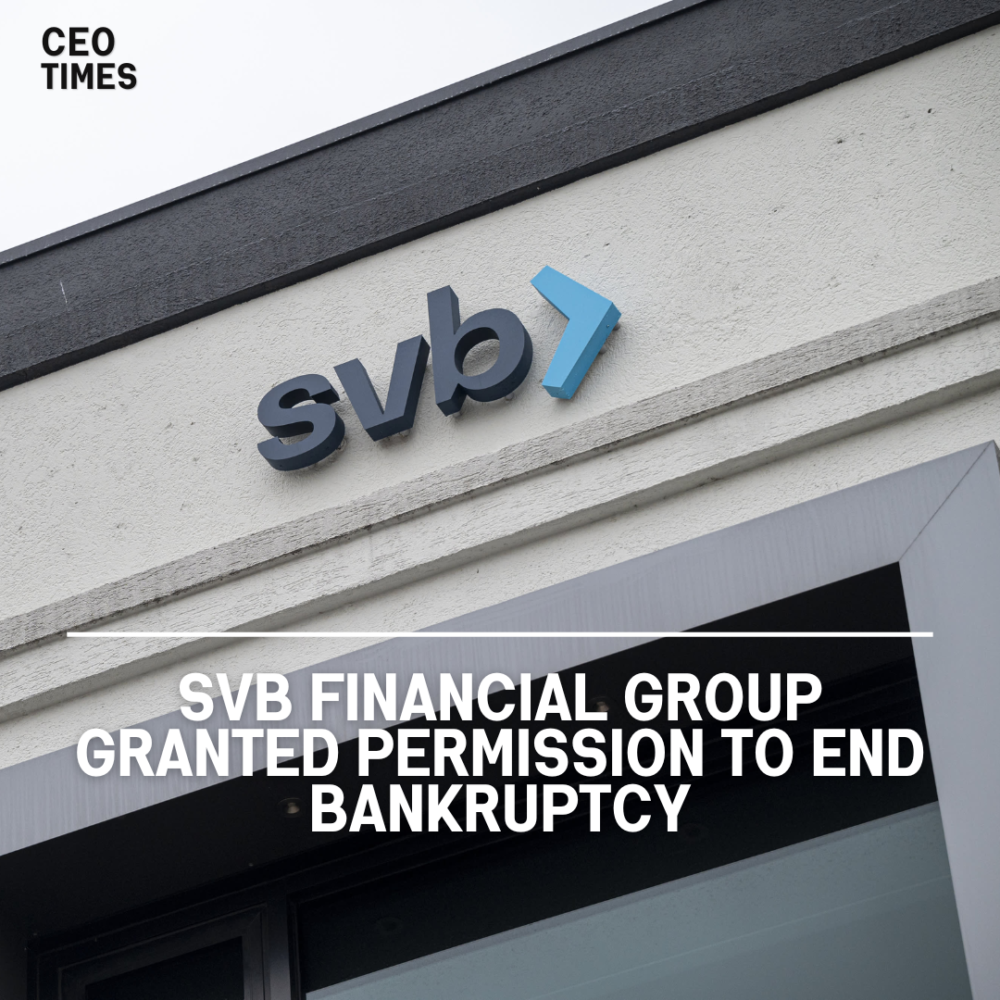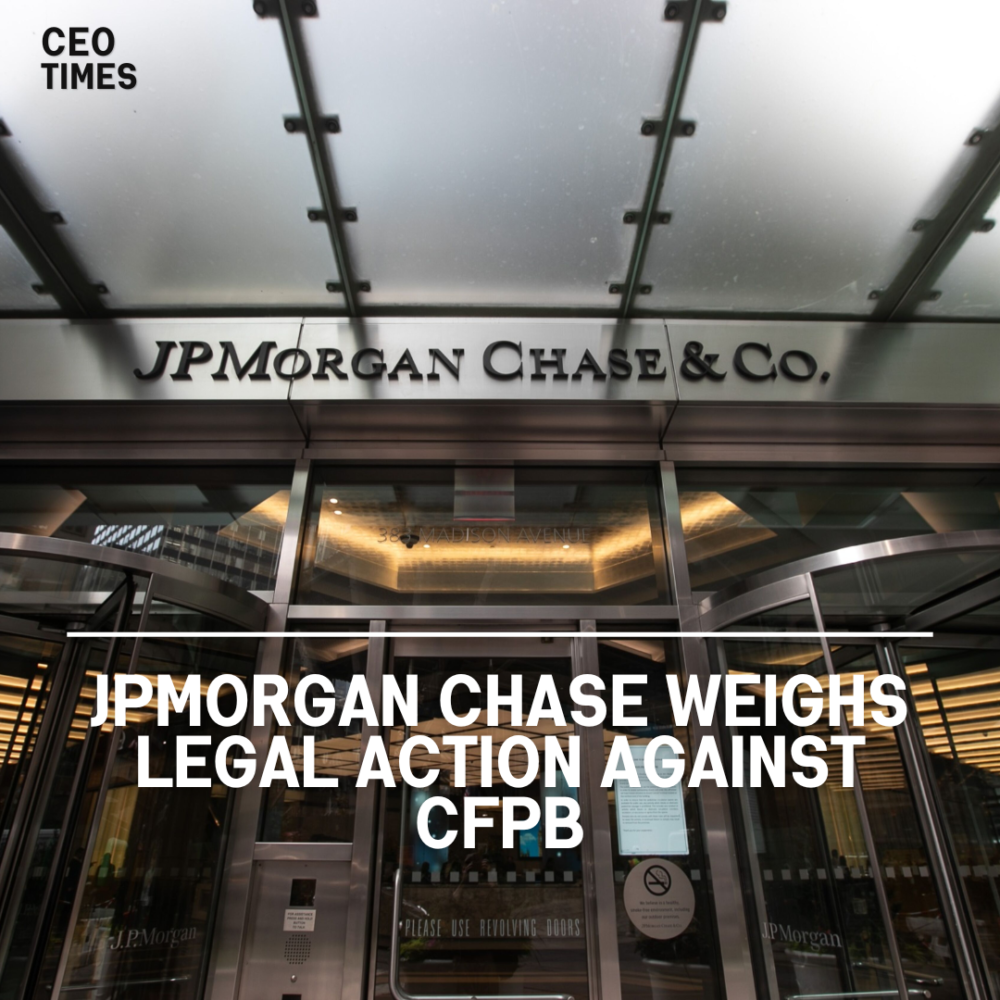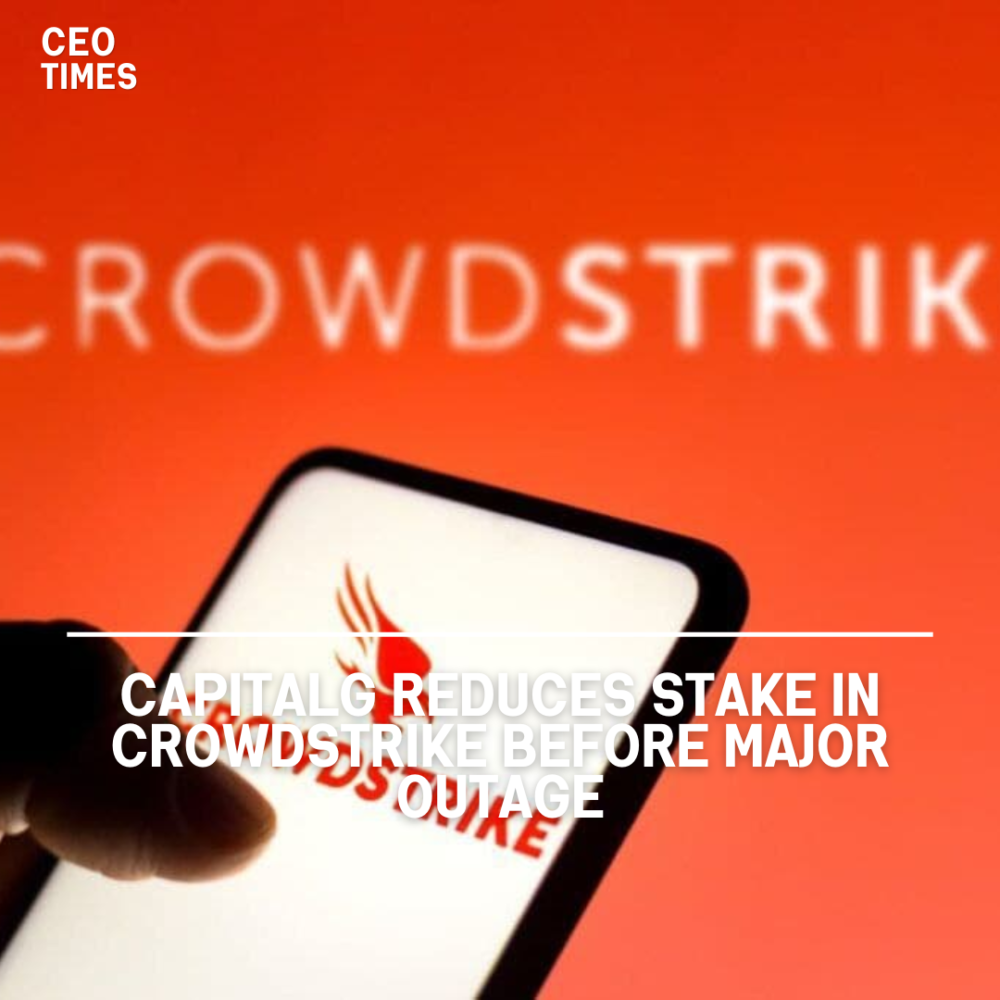SVB Financial Group, the former parent firm of the failed Silicon Valley Bank, received approval from a U.S. judge on Friday to transfer its assets to creditors and conclude its bankruptcy proceedings.
The decision drew a significant step in the company’s restructuring process following one of the largest bank collapses in U.S. history.
Litigation Trust Against the FDIC:
SVB Financial will establish a trust to pursue litigation against the U.S. Federal Deposit Insurance Corporation (FDIC) as part of its bankruptcy restructuring. The dispute centers on the FDIC’s seizure of $1.9 billion from SVB Financial’s bank accounts during Silicon Valley Bank’s collapse in 2023.
SVB Financial contends that the funds should be returned because the FDIC had invoked a “systemic risk” exemption to safeguard all deposits at Silicon Valley Bank, including those exceeding the $250,000 typically insured by the FDIC.
Conversely, the FDIC maintains that the seizure was lawful and necessary to cover the costs incurred in rescuing the bank, and it did not intend to protect the parent company’s accounts.
Impact on Bondholders:
The outcome of the litigation will significantly impact SVB Financial’s senior bondholders, who are owed $3.3 billion. Depending on the case’s resolution, these bondholders could receive between 41% and 96% of their claims.
Major bondholders include MFN Partners, Pacific Investment Management Company, Bank of America Securities, JP Morgan, and King Street Capital.
SVB Financial has also divested various assets as part of the bankruptcy process. The company has spun off its venture capital business and investment banking unit to streamline operations and provide value to its creditors.
Legal Battle Ahead:
The legal battle over the seized funds will occur in a California federal court. The case will likely set a precedent for how systemic risk exemptions and parent company protections are handled in future bank failures.
This decision to create a litigation trust and pursue legal action against the FDIC highlights the complexities and high stakes of resolving large-scale bank collapses. The financial industry will closely watch the implications for regulatory practices and creditor recoveries as the legal proceedings unfold.


















